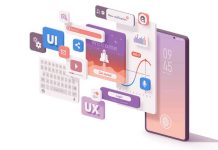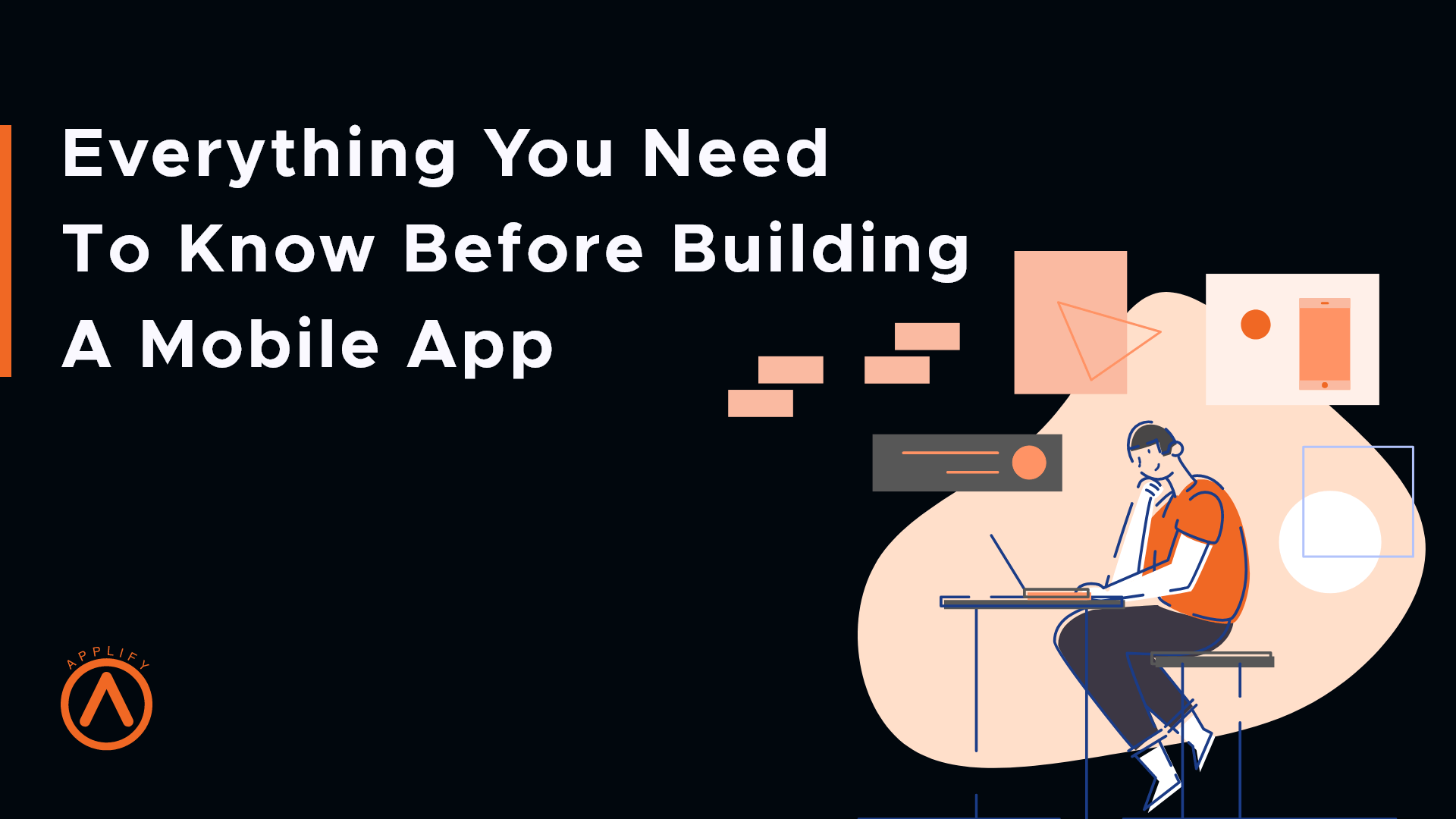Healthcare app development is on the rise. These apps are an essential part of any healthcare provider’s toolkit. They provide valuable information and support for patients, as well as help providers make informed decisions about patient care.
One of the most popular types of healthcare apps is those that help medical professionals diagnose and treat various medical conditions. These apps may include tools that allow doctors to take a series of photos and record information about the patient’s symptoms, allowing them to more accurately diagnose their condition. Other types of healthcare apps can help providers manage chronic conditions, such as diabetes or high blood pressure, by providing useful information on diet and exercise.
It is important to have access to a variety of healthcare apps, as not every type of patient requires the same type of treatment or monitoring. It is also important to regularly update your app(s) with the latest updates and new features, as new technology and research may shape the way you practice medicine in the future. So do not hesitate to invest in quality app development for healthcare that will help you provide the best possible care for your patients.
Guide on healthcare app development in 2023
1. Market Research
a. Understanding the target audience
If you want to develop a healthcare app, initiating by understanding the target audience for your app is crucial to developing a successful product. In other words, it’s important to know who will use your app and why they’ll use it. It’s also important to determine how your app will be used and what benefits it will offer users.
For example, if you ask your healthcare app developer to build a fitness app that tracks heartbeat, sleep, and stress with the help of a fitness watch. You have to deeply understand, what type of IoT fitness devices are used or what will be the impact of wearable technology in healthcare apps.
By understanding the needs of your target audience, you can design an effective app that meets those needs and maximizes its potential impact.
b. Analyzing the competition
There are many factors to consider when analyzing the competition for your app. These factors can include the app’s niche, overall user engagement, and overall market penetration. It is important to consider these factors so that you can make an informed decision on whether or not your app has a chance of gaining traction in the marketplace.
c. Identifying the key features to include in the app
The features you include in your custom healthcare app development project will largely determine its success. There are a number of key features to consider, including:
- Functionality – the features that allow users to accomplish tasks and get value from the app
- Ease of use – the features that make it easy for users to navigate and understand the app’s content
- Engagement – the features that help drive user engagement, such as social media integration or gamification elements
- Interactivity – the features that allow users to interact with the app, such as allowing them to provide feedback or share content
It is important to identify these key features early on in the development process so that you can plan and design your app accordingly. By having a clear vision for your app, you will be able to make informed decisions about which functionality and design elements are right for your application.
2. Choosing the Right Platform
a. Native vs. Hybrid Healthcare app development
Native app development is the process of developing applications for mobile devices using the native platform of that device. This is generally faster and more efficient than hybrid app development, which involves combining the functionality of different platforms (e.g., a web application with a mobile interface).
Hybrid app development has the advantage of allowing developers to easily port their apps from one platform to another (e.g., from iOS to Android). On the other hand, native app development is often more expensive and time-consuming as it requires developing an application from scratch for each individual platform.
However, this approach may be more effective in certain cases where it is necessary to deliver an optimized and robust user experience across multiple devices. Overall, native app development is a well-established method for building high-performing applications that will meet your users’ needs and expectations.
b. Choosing the right platform for healthcare app development.
Choosing the right platform for your app is an important decision that can have a significant impact on the success of your project. With so many options available, it can be difficult to decide which platform is best for your needs.
Android, offers a wide range of features and capabilities, including support for advanced user interactions such as touchscreen gestures and voice commands.
However, Android is not without its challenges. It can be challenging to work with if you are new to programming, as it has its own unique set of APIs and tools.
Additionally, it can be challenging to manage updates as users typically need to download new versions individually instead of receiving automatic updates like on iOS devices. However, Android has great potential for growth and is a good choice for projects that require heavy customization or require a high level of user interaction.
iOS is a proprietary operating system developed by Apple Inc., which powers iPhones, iPads, and other devices sold by the company. It offers powerful user interface components and advanced security features that make it ideal for building apps that require high levels of precision and reliability.
However, iOS does have its limitations. For example, it does not support some advanced user interactions like fingerprint sensors or face recognition technology found on more expensive Android devices. Additionally, it does not support as many third-party apps or services as Android does due to its closed ecosystem. This can make it harder to customize an app for users depending on their device type or operating system version.
The best approach is to establish your app gradually on both platforms and hire a team of developers that are experienced and highly skilled when it comes to upgrading your app.
c. Selecting the right technology stack
To select the right technology stack for your app, it’s important to consider a number of factors, including the type of application you’re building, your team’s experience level, and your budget.
First, it’s important to understand what a technology stack is and why it’s important to select one. A technology stack is a combination of software tools and services that are used to build an app. It includes things like programming languages, database engines, web servers, and more. Choosing the right technology stack will help you build an app that runs smoothly on various platforms and devices.
So think about the specific needs of your application and the types of devices and platforms you plan to support. Then evaluate different technology stacks based on their suitability for those needs. Selecting the right technology stack can make all the difference in terms of your app’s success!
3. Healthcare App Development

a. Wireframing and prototyping
The process of creating a wireframe is a great way to get an overview of your app’s structure, functionality, and design. It helps you understand the overall flow of your app and identify areas that need improvement.
The process of prototyping is where you bring those ideas to life in the form of a prototype. This gives you a chance to test out different scenarios and see how your app feels in practice. It also gives you the opportunity to make adjustments before launching your app into production.
Mobile app design development aka UI/UX development plays a very crucial role in building an audience. Always remember the less complex your app is the more downloads you get.
b. Developing the app and integrating the features
Developing an app is a time-consuming and complex process. It involves developing the app’s features, building and testing the code, and deploying it to a hosting service. Integrating the features of an app requires connecting to third-party services such as databases or APIs and using those services’ APIs to pull data into the app.
It’s important to choose a hosting service that has the tools and resources necessary to support an app’s ongoing development and scalability. It’s also essential to manage updates and maintenance for an app as its features evolve over time. This ensures that the app continues to work properly even as new features are added.
4. Compliance and Regulations
a. Overview of healthcare regulations
In addition to healthcare agencies, there are also a variety of legal considerations you should take into account when developing an app. These include privacy laws, data protection laws, intellectual property rights, and more. Overall, it’s important to understand how different regulatory agencies work together to ensure the safe and effective use of healthcare technology.
b. Privacy and security considerations
The healthcare industry is an incredibly sensitive one, with a number of important and often personal matters to consider during healthcare app development. One of the key privacy and security considerations involves ensuring that the app’s data collection and management policies are clear and transparent.
It is important to ensure that any data collected through the app is handled responsibly and in accordance with established best practices. Additionally, it is critical to ensure that any third-party services used by the app are secure and reliable. All of these considerations must be taken into account when developing a healthcare app, as improper planning could have serious consequences for users’ privacy and overall trust in the app.
5. Testing and Launch
a. User acceptance testing
A user acceptance test (UAT) is a form of software testing that involves users and evaluates the usability, functionality, and overall experience of a product or application. UAT is used to ensure that a product or application meets the needs and expectations of the intended users. UAT can be conducted at various stages of the development cycle, from early stages to final release. It is important to conduct UAT in order to ensure that a product is functional, usable, and meets user needs.
b. Beta testing
App beta testing is an exciting and dynamic process that involves a group of users testing out new features and functionality of an app or website. It’s a great way to get user feedback on how well your app or website is performing.
c. Launching the app on the App Store and Google Play Store
The key to a successful launch is preparation. Before you submit your app for review, make sure you’ve done thorough research on how to best present your app in each store. You’ll want to focus on what makes your app unique, as well as its overall functionality.
It’s a good idea to spend time thinking about how you’ll promote your app once it’s live. You might want to consider things like creating landing pages for your app or promoting it through social media channels. The more prepared you are before launching, the better chance you have of having a successful launch and building an engaged audience of users.
6. Maintenance and Updates
After you have launched the app, it is important to regularly check for new updates and maintenance releases. These can be found on the app store or in the app’s main menu. If a new version of the app is available, it should be installed immediately to ensure continued functionality and security. It is also a good idea to regularly monitor the app for any issues or errors that may need to be addressed. Regular maintenance and updates will help to ensure that your app is functioning properly and providing optimal user experience.
7. Marketing and Promotion
App marketing and promotion is an essential components of any effective digital marketing strategy. It involves promoting your app to app users through various channels, such as Google Play, Apple Store, and other third-party app stores. It can be a cost-effective way of reaching new users and driving engagement.
One of the most effective ways to promote your app is by building a strong brand reputation. This can be accomplished through a well-designed website and engaging content that showcases your app’s features and benefits. In addition to traditional media like television, radio, and print, there are also emerging channels like social media and video platforms to consider when promoting your app. Mobile app marketing and promotion can be an ongoing process that requires ongoing monitoring and adjustments as your audience grows and changes. Overall, app marketing and promotion is a necessary components of any successful digital marketing strategy.
Conclusion
There is no doubt that the healthcare industry is growing rapidly and is expected to continue doing so in the coming years. This has created a wide range of opportunities for businesses looking to enter the healthcare market.
By following the steps outlined in this guide, you can create a successful healthcare app that patients will love. If you have an idea for a healthcare app development, be sure to connect with us to learn more about how we can help you bring it to life.









